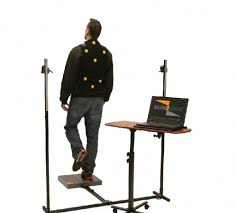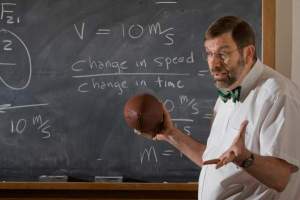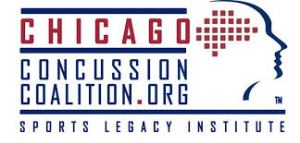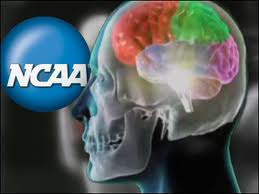 An Illinois man, James Hausman, recently won his catastrophic injury lawsuit against Holland America Line cruses after he suffered a traumatic brain injury on a cruise, when an automatic sliding-glass door closed on him, striking him in the head (Watch US News Video) in 2011. The federal jury in Seattle awarded $21.5 million in damages after a nine-day trial where attorneys argued that dozens of other passengers were also injured by the same type of automatic doors on Holland’s cruise ship fleet, with arguably faulty sensors.[i] The jury verdict includes $16.5 million in punitive damages, punishing the defendants for failing to keep its ships safe and protect the safety of its passengers.
An Illinois man, James Hausman, recently won his catastrophic injury lawsuit against Holland America Line cruses after he suffered a traumatic brain injury on a cruise, when an automatic sliding-glass door closed on him, striking him in the head (Watch US News Video) in 2011. The federal jury in Seattle awarded $21.5 million in damages after a nine-day trial where attorneys argued that dozens of other passengers were also injured by the same type of automatic doors on Holland’s cruise ship fleet, with arguably faulty sensors.[i] The jury verdict includes $16.5 million in punitive damages, punishing the defendants for failing to keep its ships safe and protect the safety of its passengers.
Michael V. Favia and QPWB law firm represent injured plaintiffs, including those injured on cruises.
In Chicago, Attorney Michael V. Favia represents injured plaintiffs who suffer traumatic brain injuries and all other types of injuries. Favia is a Chicago attorney licensed to practice in the State of Illinois, and he is an attorney of-counsel to Quintairos, Prieto, Wood & Boyer, P.A. (QPWB), a multi-state law firm with offices on both coasts, Panama City and on the U.S. Virgin Islands. The QPWB website has a legal practice area section dedicated to Admiralty and Maritime Law cases involving cruise ships and catastrophic injury cases.
The plaintiff injured on the Holland America Line ship was treated for concussion on the ship. Further medical attention addressed a minor brain injury, the effects of which still challenge the injured man four years later. “”He still has trouble with things that would have been simple before,” said Hausman’s lawyer, Rick Friedman, adding that his client has sold his gold and precious-metals retail business.”[ii]
Common carriers, including cruise ships owe the highest legal duty of care to passengers and cargo.
A common carrier in the business of transporting cargo and people has a special legal duty owing the highest degree of care and diligence in the safety of cargo and passengers. Cruise ships are common carriers according to Section 3(6) of the Shipping Act of 1984[iii]. Cruise ships must warn passengers about potentially dangerous conditions. Failure to warn passengers of dangerous conditions is negligent and the common carrier is liable for injuries when it knew or should have known about the dangerous condition, and did not do anything to warn or protect passengers. In this case, attorneys for the plaintiff identified dozens of passengers who were similarly injured by Holland America Line’s automatic sliding-glass doors with faulty sensors.
Punitive damages are awarded in cases where a court finds punitive damages a proper punishment to deter a defendant from continuing similar outrageous conduct. Punitive damages punish conduct that is in bad faith, fraudulent, wanton and reckless. $16.5 million is the court’s award to James Hausman, sending a clear message to Holland America Line cruises that knowing their doors were dangerous and their failure to repair or warn passengers is unacceptable.
The law firm of Michael V. Favia & Associates, of counsel to the QPWB law firm, can hold common carriers to their duty to keep their passengers and cargo safe.
Unfortunately, it can come down to an economic decision, to make the repairs or risk paying out for a few injured passengers. In many cases in recent history, we hear about large companies saving huge amounts of money not making corrections, because it is less expensive to pay minor consequences. A large punitive damages award in the millions of dollars, however can rattle some cages where corporate decision makers are held responsible.
Michael V. Favia & Associates is a health law and injury litigation law firm. With offices conveniently located in the Chicago Loop, Northwest side and suburban meeting locations, you can schedule a discrete meeting with an attorney at your convenience and discretion. For more about Michael V. Favia & Associates’ professional licensing work, please visit FaviaLawFirm.com and feel free to “Like” the firm on Facebook and “Follow” the firm on Twitter.
[i] US News and World Report, Man Wins $21.5 Million From Holland America, AP, Nov. 11, 2015.
[ii] See HNi above
[iii] 46 U.S.C. Sec.1702(6)








